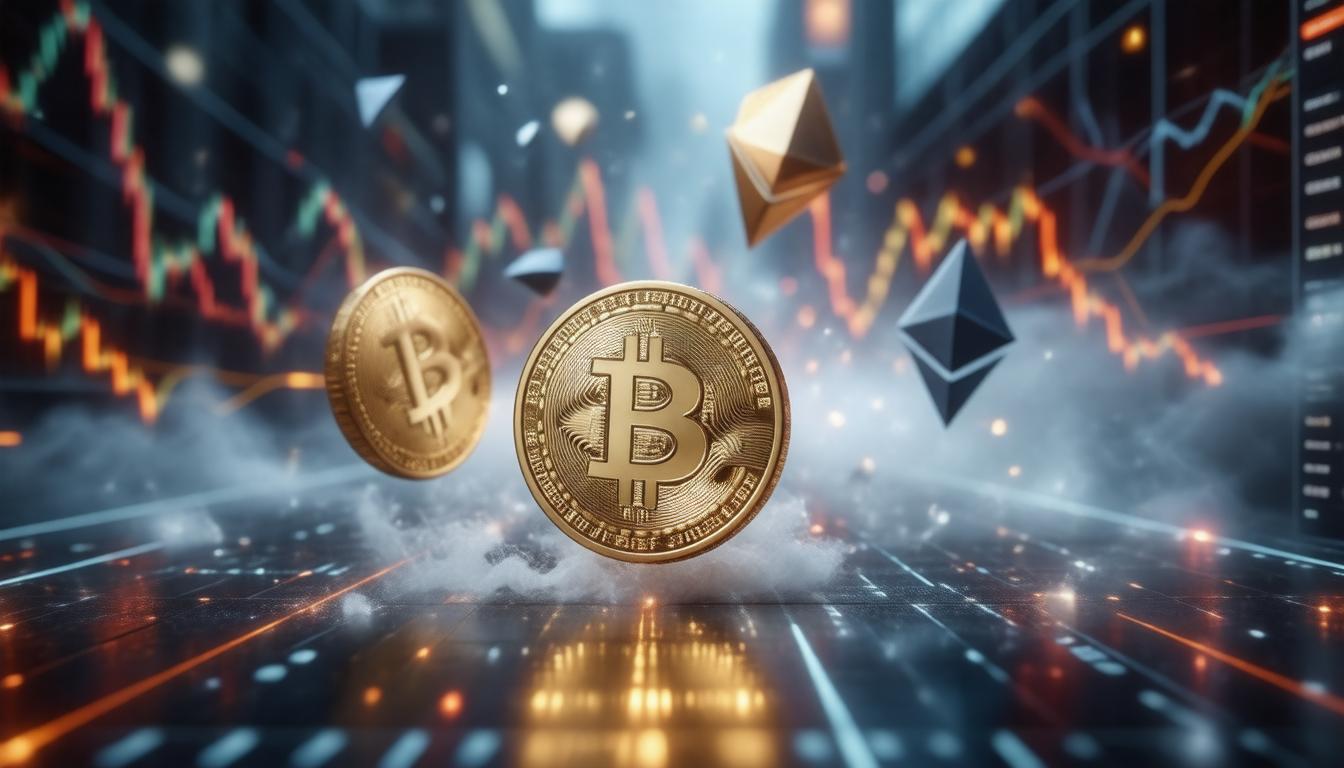As the world navigates the rapidly changing landscape of digital currencies, the question of how cryptocurrencies can fit into national reserves is becoming increasingly prominent.
In the United States, discussions surrounding the integration of digital assets into national reserves have transitioned significantly over the past few years.
Initially, Bitcoin (BTC) was predominantly considered for this role, largely due to its status as the first and most recognizable cryptocurrency.
However, as the conversation evolved, the potential inclusion of a broader range of cryptocurrencies, including XRP, has gained traction.
The emergence of cryptocurrencies as a viable alternative to traditional assets has sparked interest among policymakers and financial institutions alike.
Understanding the implications of incorporating these digital assets into national reserves requires a deep dive into their respective advantages and challenges.
This exploration provides a unique opportunity to examine not only Bitcoin‘s viability but also the potential role of XRP in diversifying the US national reserve framework.
Key Takeaways
- The shift in US national reserves is moving from solely Bitcoin towards a diversified portfolio that may include cryptocurrencies like XRP.
- XRP’s strengths in transaction speed and cost efficiency make it a compelling candidate for national reserve assets.
- Regulatory uncertainties and industry pushback present significant challenges for XRP’s potential inclusion in US crypto reserves.
The Evolution of US National Reserves: From Bitcoin to a Diversified Crypto Portfolio
In recent years, the landscape of cryptocurrency and its role in national financial strategies has dramatically shifted, particularly concerning the United States’ approach to incorporating digital assets into its national reserves.
Initially, Bitcoin (BTC) was considered the primary candidate for this role, primarily viewed as a hedge against inflation and the unstable nature of fiat currencies.
However, its notorious volatility, subject to rapid price swings that can undermine its effectiveness as a stable reserve asset, has prompted policymakers to rethink this singular focus.
As a result, discussions have shifted towards establishing a diversified crypto portfolio that could parallel the traditional diversified US reserves model, which includes gold and foreign currencies.
Among the contenders for this diversified approach, XRP has emerged as a noteworthy option, especially given its strengths in transactional efficiency and speed.
Its design specifically caters to cross-border payments, offering lower costs and quicker settlement times compared to Bitcoin, making it an appealing addition for enhancing the US government’s monetary toolkit.
However, the journey toward potential inclusion isn’t without its challenges.
XRP’s classification as a security by the SEC has fueled ongoing regulatory uncertainties that could impede its adoption by mainstream financial institutions.
Furthermore, the conversation around decentralization raises additional concerns, highlighting the differences in philosophy between XRP advocates and Bitcoin purists.
The discourse surrounding the US national reserves’ crypto strategy reflects a deeper ideological battle.
Bitcoin loyalists argue that BTC should exclusively represent the nation’s digital reserve, promoting it as the gold standard of the crypto world.
Meanwhile, others advocate for a more inclusive approach that recognizes the unique benefits of other cryptocurrencies like XRP, particularly as they relate to transaction efficiency and potential integration into existing financial systems.
As the regulatory landscape continues to evolve, shaped by various geopolitical and economic factors, the viability of XRP as part of the US reserves will depend heavily on ongoing discussions about cryptocurrency adoption in regulatory frameworks and institutional acceptance of various digital assets.
Ultimately, the decision regarding whether the US will diversify its reserves to include cryptocurrencies like XRP could define the future of how nations perceive and utilize digital currencies in their financial systems.
XRP’s Advantages and Challenges in National Reserve Considerations
XRP’s appeal as a potential digital asset for national reserves lies not only in its operational efficiency but also in its strategic fit within modern financial systems.
Unlike Bitcoin, which primarily functions as a store of value, XRP is designed to facilitate swift and cost-effective transactions.
This characteristic is particularly beneficial in an increasingly globalized economy where cross-border payments require immediacy and low fees to be competitive.
Furthermore, XRP’s consensus model enhances its scalability, allowing it to handle a higher volume of transactions without the bottleneck issues often associated with Bitcoin‘s proof-of-work mechanism.
However, advocates must address significant hurdles, such as the ongoing scrutiny from regulators and the need for greater clarity on its utility in a diversified reserve context.
Achieving consensus among stakeholders will be critical as the US navigates its path toward integrating cryptocurrencies into its financial infrastructure.















